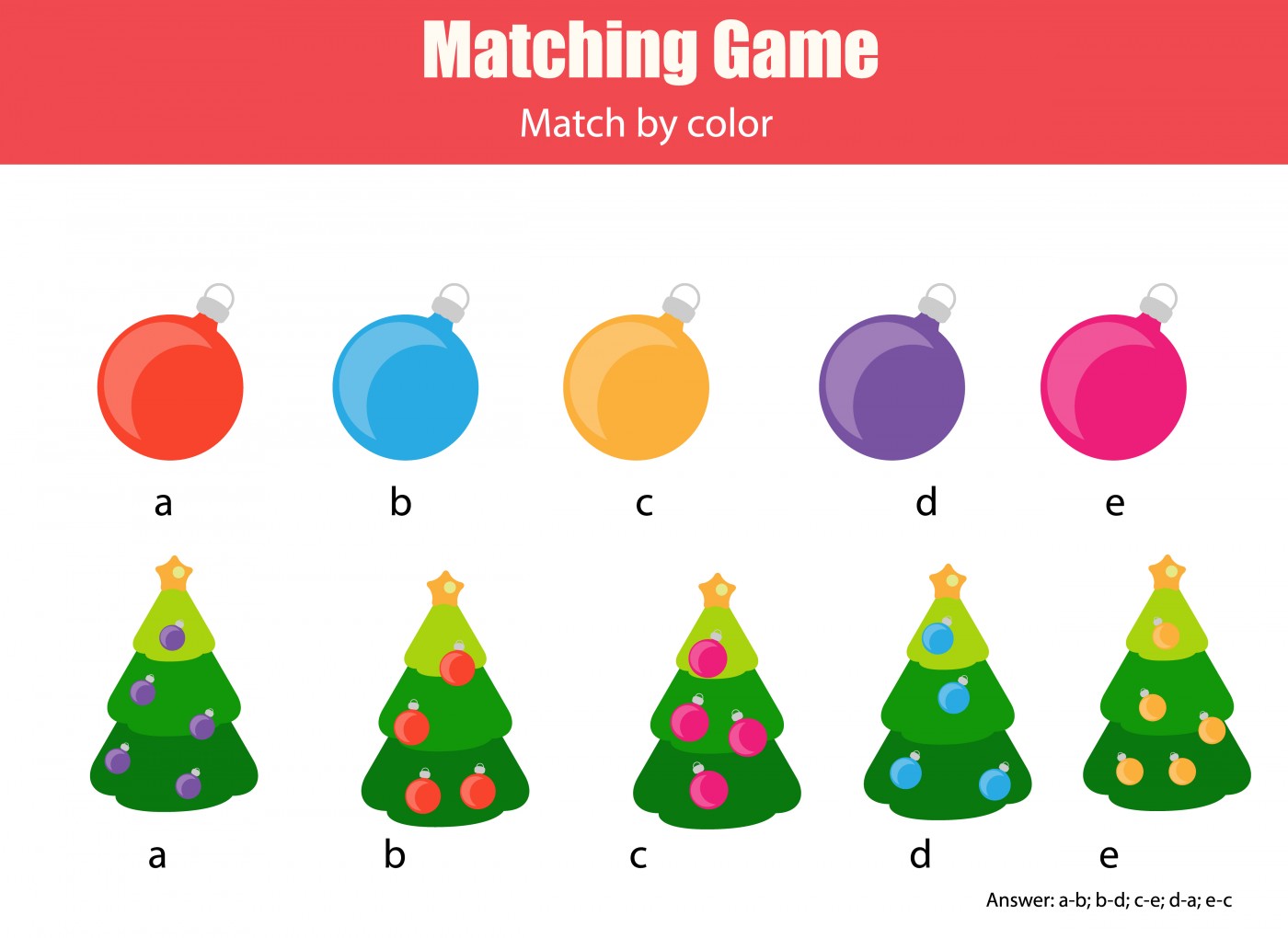Poor Social Interactions Hurt Cognitive Performance in Kids with SMA-I, Study Suggests
Written by |

Children with spinal muscular atrophy type I (SMA-I) have a tough time performing pair-matching tests, which may be related to their poor social interactions, researchers suggest.
The study, “Matching pairs difficulty in children with spinal muscular atrophy type I” appeared in the journal Neuromuscular Disorders.
SMA is classified in four phenotypes, from SMA-I to SMA-IV, according to patients’ functional capacity and prognosis. Those with SMA-I, showing their first symptoms before six months of age, lack sitting control; those with SMA-II exhibit symptoms between six and 18 months, and are capable of maintaining a sitting posture independently; SMA-III symptoms arise between 18 months of age and early adolescence, and SMA-IV in adulthood.
The prognosis for SMA-I is poor, with 68 percent of affected infants not surviving past their second birthday, and 82 percent dying before they reach the age of 4. Those who survive have difficulty communicating, as they are generally incapable of speaking and exhibit fairly poor motor control.
They can, however, control eye movement and maintain vision, which authors suggested may be used as a communication strategy.
“However, no cognitive function testing has been performed so far with any standardized tool,” wrote researchers at Brazil’s Federal University of São Paulo. In response, a test measuring children’s cognitive potential assessment was developed using an eye tracker device. As such, the study aimed to “evaluate the cognitive performance on pair-matching tasks and to investigate possible relationships of pair-matching performance and clinical scales in children with SMA-I.”
They tested these by investigating these kids’ capacity to perform pair-matching tests, assessed by an eye tracker device.
To this end, they recruited children with SMA-I and healthy controls, matched for sex and age. Children with SMA-I were evaluated with CHOP INTEND (The Children’s Hospital of Philadelphia Infant Test of Neuromuscular Disorders), PEDI (Pediatric Evaluation of Disability Inventory) and PedsQL (Pediatric Quality of Life Inventory).
Both groups were evaluated in two sessions, and in the second session they performed four pair-matching figure, number and letter tasks. In task 1, authors evaluated children’s capacity to match objects, animals and fruits; in task 2 they were asked to match figures and colors; in task 3 to match letters, and in task 4 to match numbers.
“The pair-matching tasks showed significant differences between SMA-I and control groups,” authors wrote. “Children with SMA-I showed poorer performance and required longer times to complete the tasks, compared to the control group.”
Authors also linked pair-matching performance to social life.
“Children with a higher social function are more frequently exposed to a broader variety of visual stimuli, which may have facilitated the tasks,” they wrote. “Pair-matching involves focused attention and executive function, optimized by enriched environments and interaction.”
Overall, children with SMA-I had difficulty matching pairs of figures, numbers and letters. The impaired social interaction of these children, due to severe paralysis and poor communication, may explain these difficulties.






